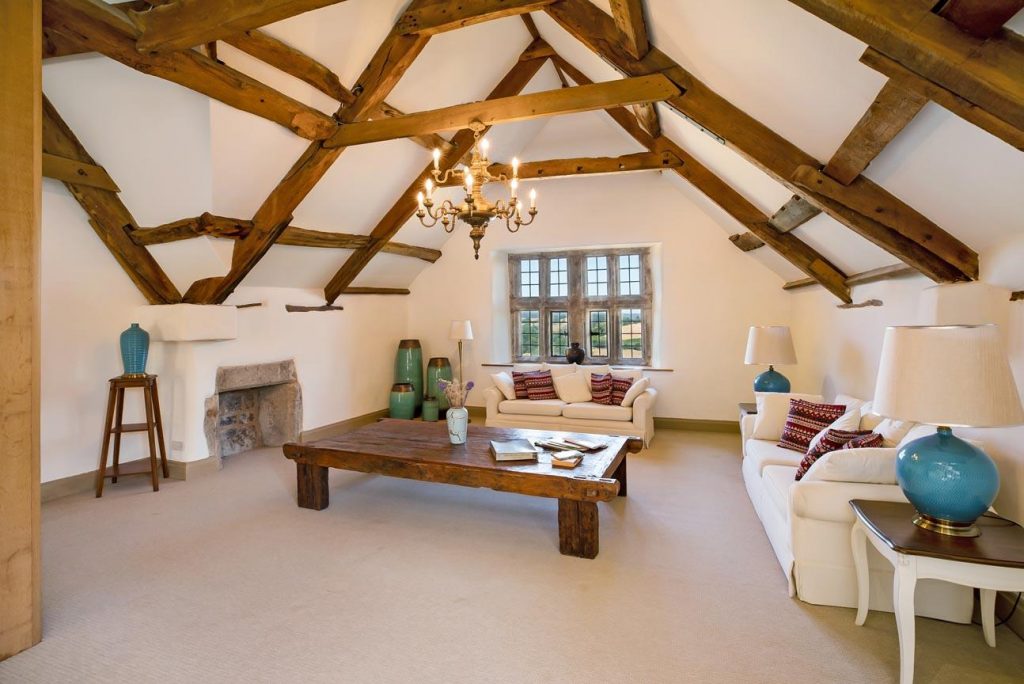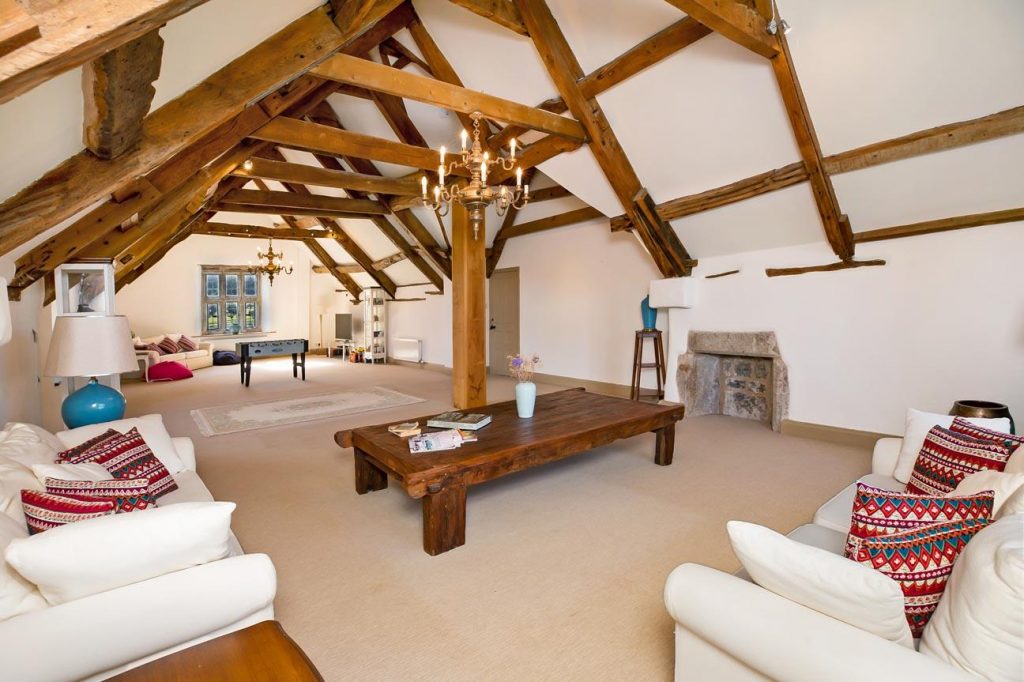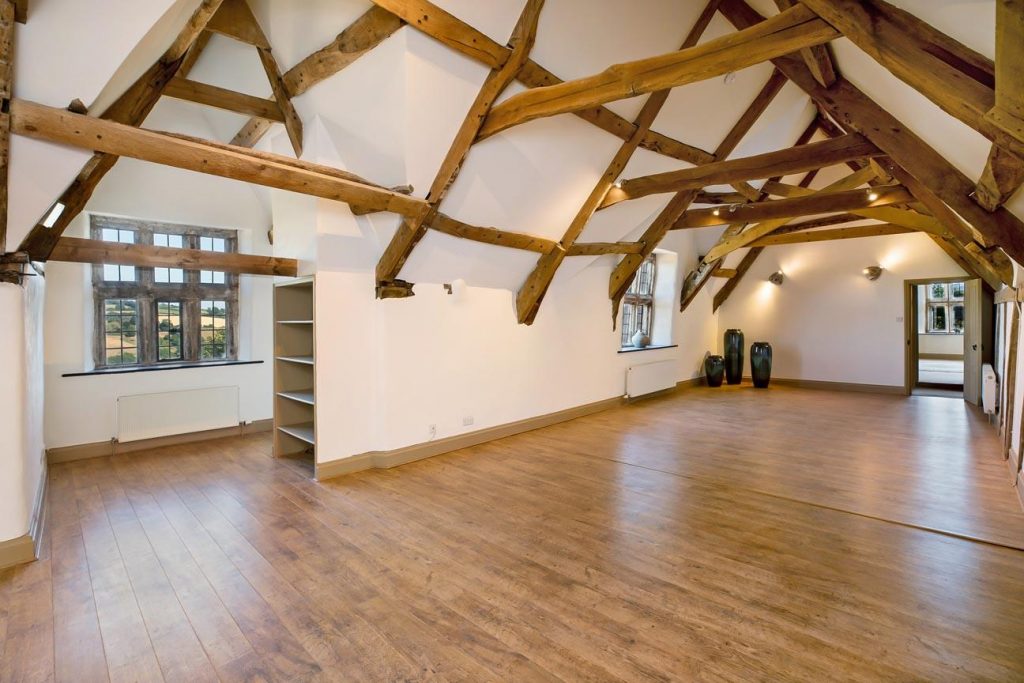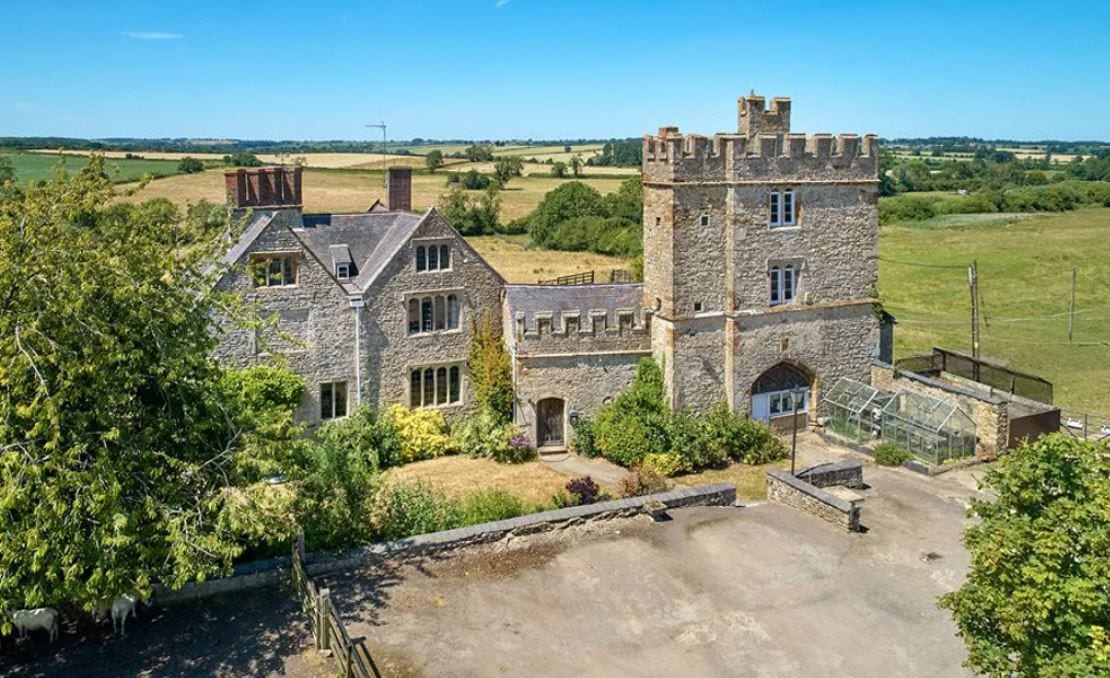Canonteign Manor is a property located in Christow, South Devon, England. The manor stands on 10 acres of land overlooking the Teign Valley and River Teign.
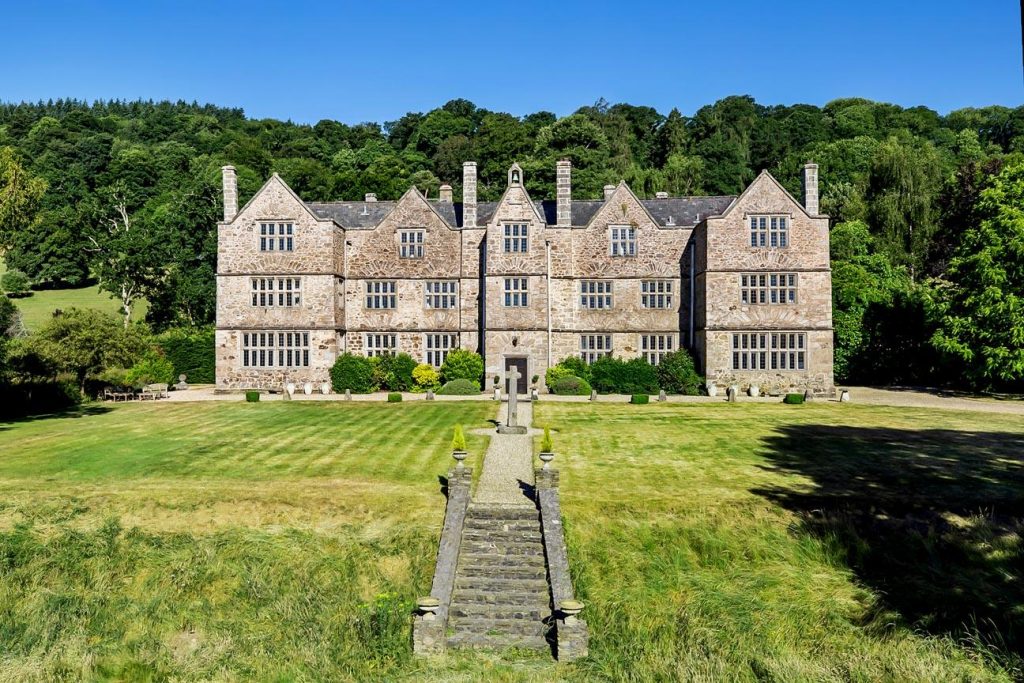
The house in its current form has existed since 1586; however, its entire history dates back more than 900 years and is even mentioned in the Doomsday Book (1086).
THE HISTORY OF CANONTEIGN MANOR
The first mention of Canonteign Manor is in the Doomsday Book in 1086, where ‘Teigne’ is listed as the 97th of 99 manors or other landholdings owned by Geoffrey de Montbray. Geoffrey was a Norman nobleman, advisor to William the Conquerer, warrior, and high-ranking clergy member.
After his death in 1093, the property passed through various owners before finally being granted to John Russell, the 1st Earl of Bedford, in 1540 by King Henry VIII. The King granted John Russell Canonteign Manor and Tavistock Abbey, as well as other generous grants.
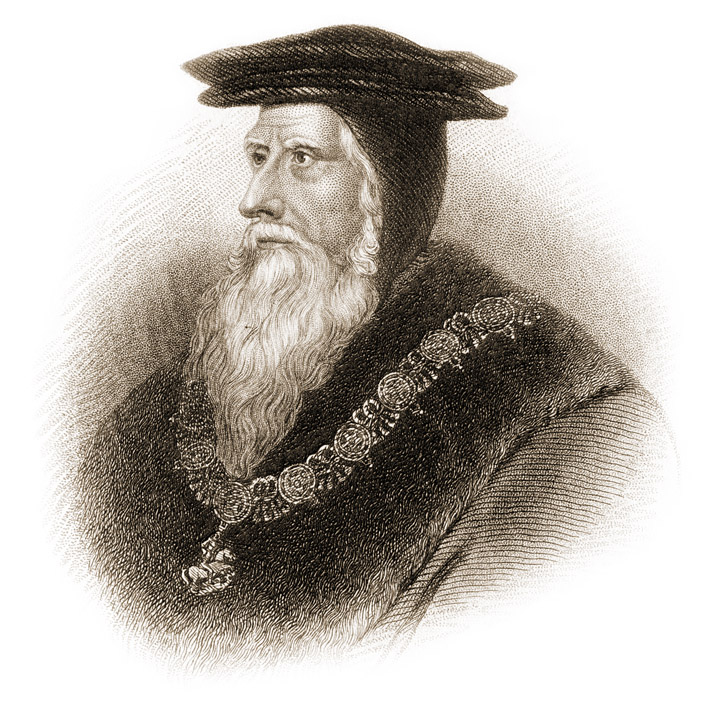
John Russell, 1st Earl of Bedford (1485-1555)
John Russell had a number of famous descendants, including Lord John Russell (1792-1878), the Prime Minister of the UK between 1846 and 1852, and again between 1865 and 1866. Lord John Russell’s government led the calamitous response to the Irish famine, which led to the death of an estimated one million people.
He was also the ancestor of Bertrand Russell (1872-1970), the British philosopher, mathematician, and historian who won the Noble Prize for Literature in 1950.

Bertrand Russell – Recipient of the Nobel Prize, De Morgan Medal, and Jerusalem Prize.
Despite Canonteign Manor being granted to John Russell in 1540, he sold the property to John Berry sometime between 1540-1549. Berry engaged in the Prayer Book Rebellion in 1549; he was later taken prisoner, carried to London, and executed for treason.
After the death of John Berry, the property was granted to William Gibbs, then eventually sold to the Davie Family, who would live in the property for a number of generations.
During the English Civil War (1642-1651), when the property was in the hands of the Davie Family, Canonteign Manor was used as a garrison by the king but later lost to Sir Thomas Fairfax.
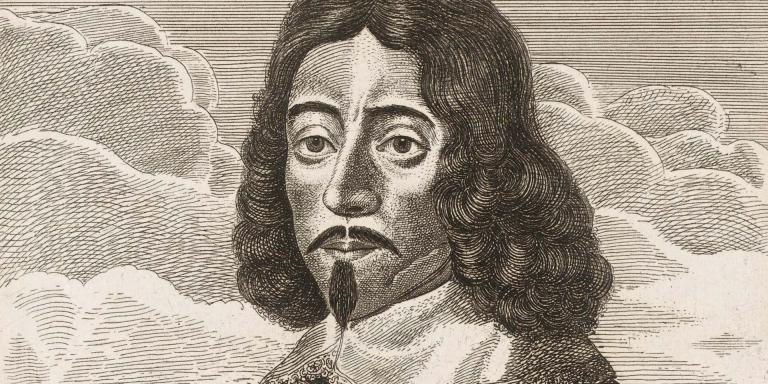
Sir Thomas Fairfax, Commander-In-Chief for the Parliamentarians during the English Civil War who fought against the king,
The Davies had made their fortune as cloth merchants, records show that the property passed through six generations of the family before the foreclosure of a mortgage meant it was purchased by the Helyar Family.
William Helyar was the owner of a plantation in Jamaica. He was also the Sheriff of Somerset and a Member of Parliament. Like the Davies before them, Canonteign Manor passed down through several generations before finally selling the property to Sir Edward Pellew in 1812.
Sir Edward Pellew was a British naval officer who fought during the American War of Independence, the French Revolutionary Wars, and the Napoleonic Wars. In 1804 he was made Commander-In-Chief before going on to achieve so many titles in his later years that it would take all day to list them.

Sir Edward Pellew (1757-1833)
Two of those titles did, however, include “Lord Viscount Exmouth” and “Knight of the Most Honourable and Most Ancient Order of the Annunziata of the Royal House of Savoy”….quite the mouthful. He also has a group of islands named after him, the Sir Edward Pellew Islands are a group of islands that can be found off the north Australian coast.
After purchasing Canonteign Manor in 1812, Sir Edward built Canonteign House (1828) close by, with Canonteign Manor being relegated to a farmhouse. By the mid-20th century, the house had fallen into ruin, windowless, covered in ivy, and with a leaking roof.
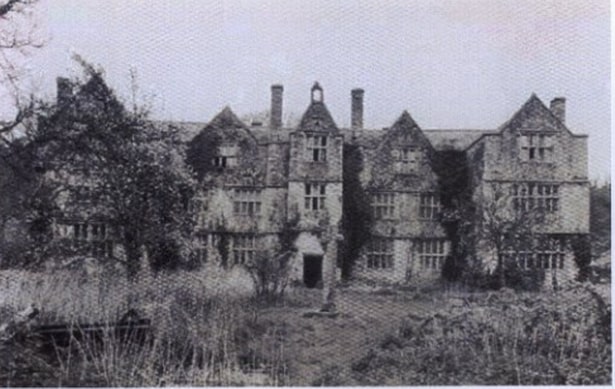
It wasn’t until the 1970s that the property was finally saved by Lady Exmouth, who spent years refurbishing the home. Turning the property into what it is today.
CANONTEIGN MANOR TODAY
In 2015 the Grade I listed building was purchased by Chinese investor Liqun Peng for £2 million through Savills Estate Agents. In 2020 the property was back on the market for £3.5 million; however, it’s unclear whether the property sold or not. Today it appears that Canonteign Manor is being used as an upmarket Bed and Breakfast; bookings can be made through Booking.com.
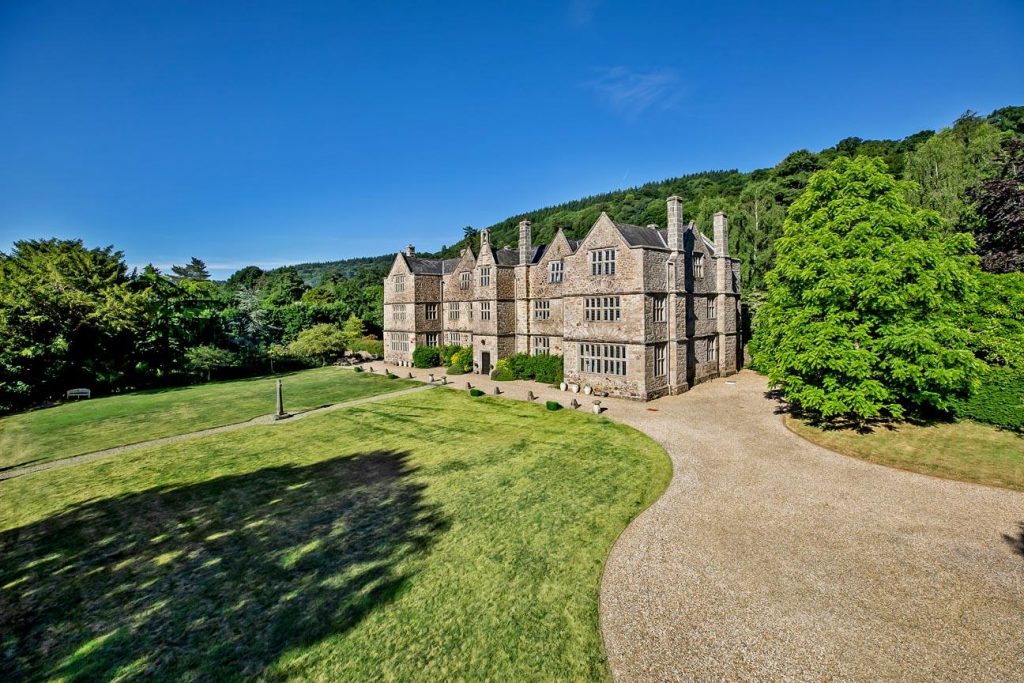
Canonteign Manor features ten bedrooms, nine bathrooms, a billiard room, and an outdoor swimming pool. It sits on ten acres of land right on the edge of Dartmoor National Park, Devon.
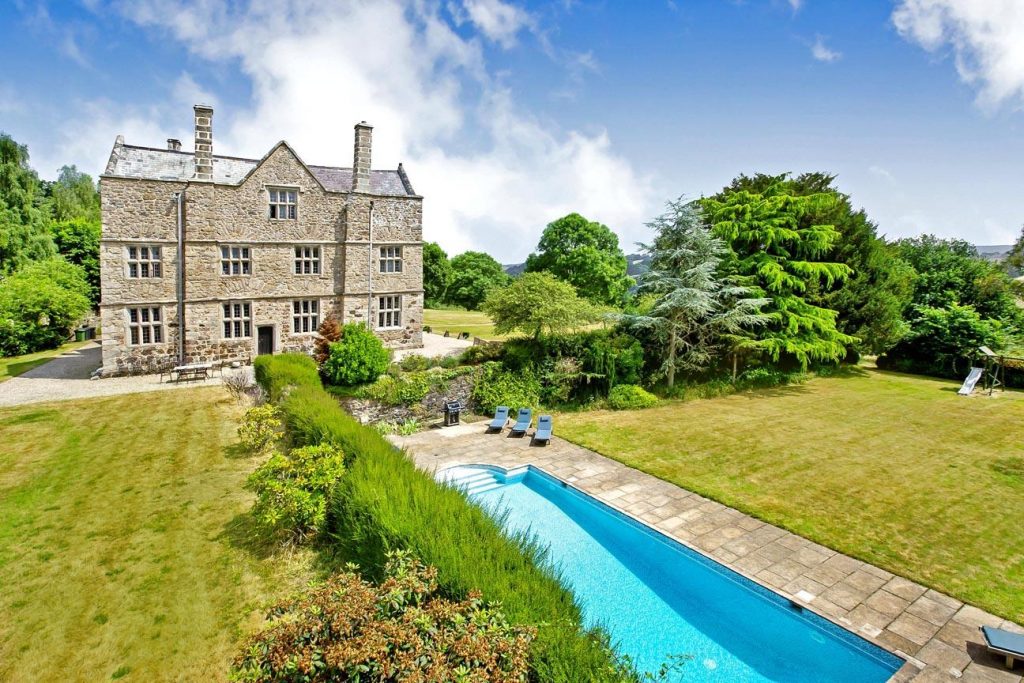
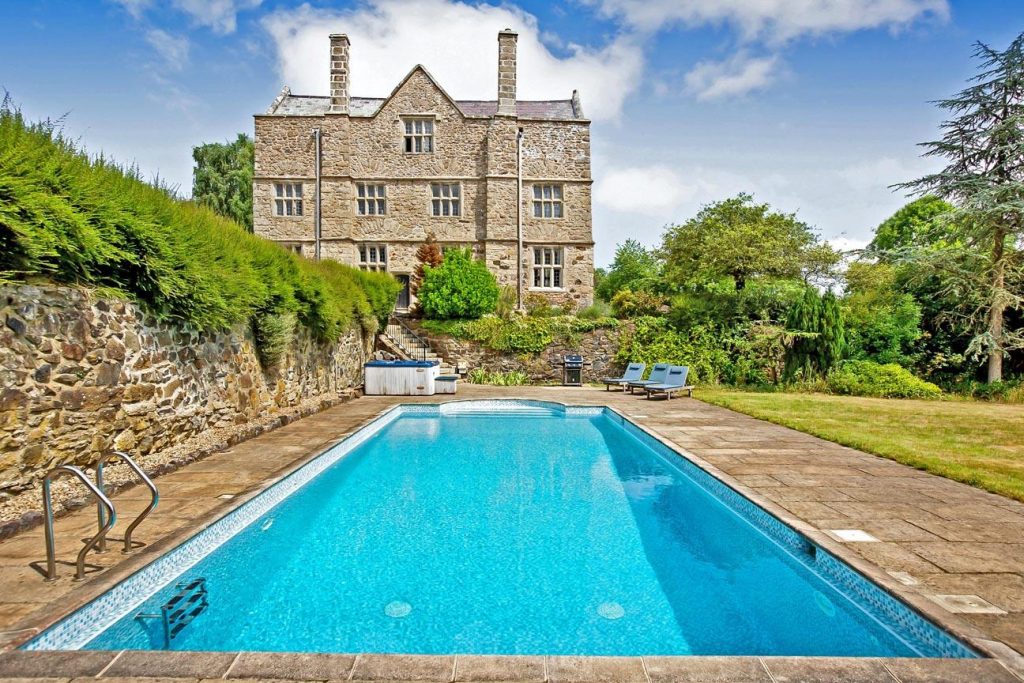
The stunning kitchen in Canonteign Manor is a mixture of both modern and country styles. Featuring both a modern island with two industrial-size fridge freezers, as well as a far more traditional country AGA range cooker.
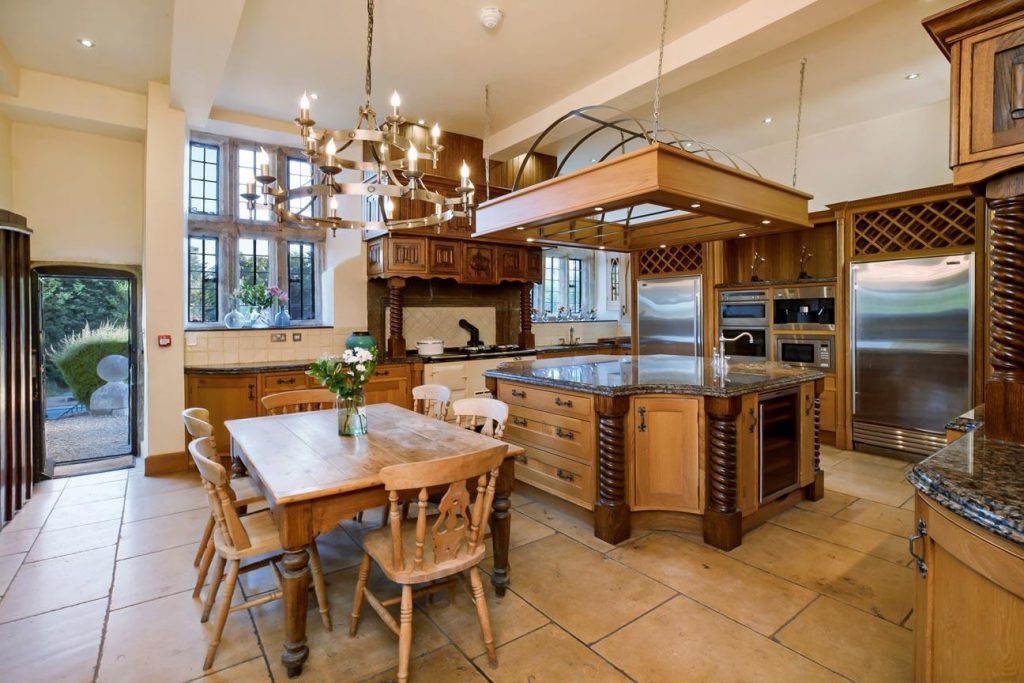
The formal dining room has a very grand feel, it features wood paneling, exposed wooden beams, and a large fireplace.

The second, less formal dining room, can be found off the kitchen. Like the formal dining room, it features wood paneling and an open fireplace.
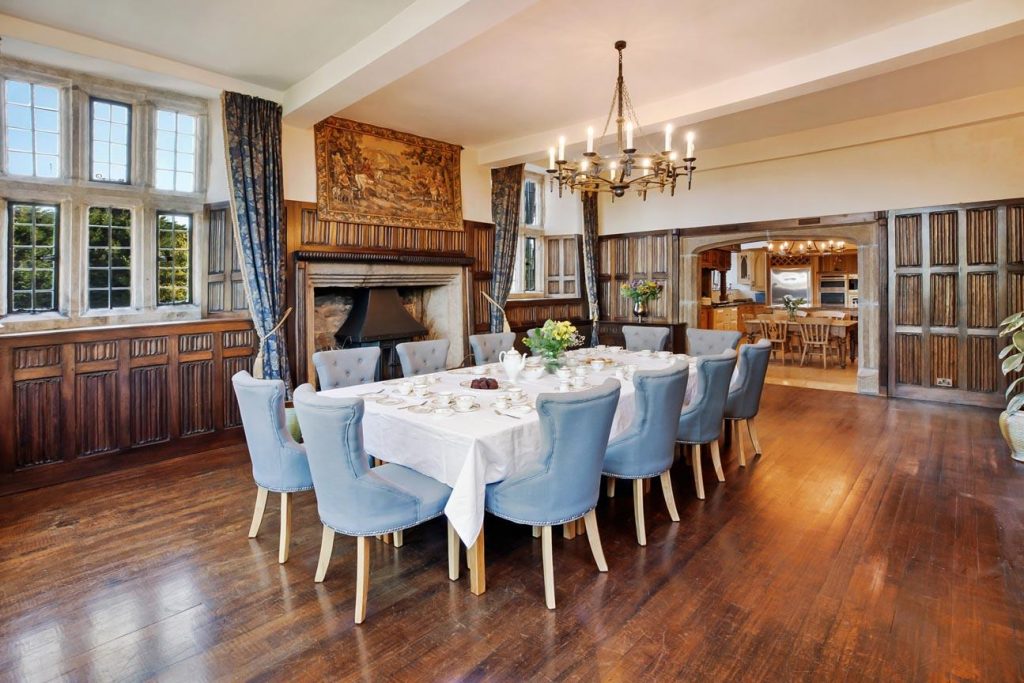
The large formal sitting room features another fireplace, as well as large windows for plenty of light.
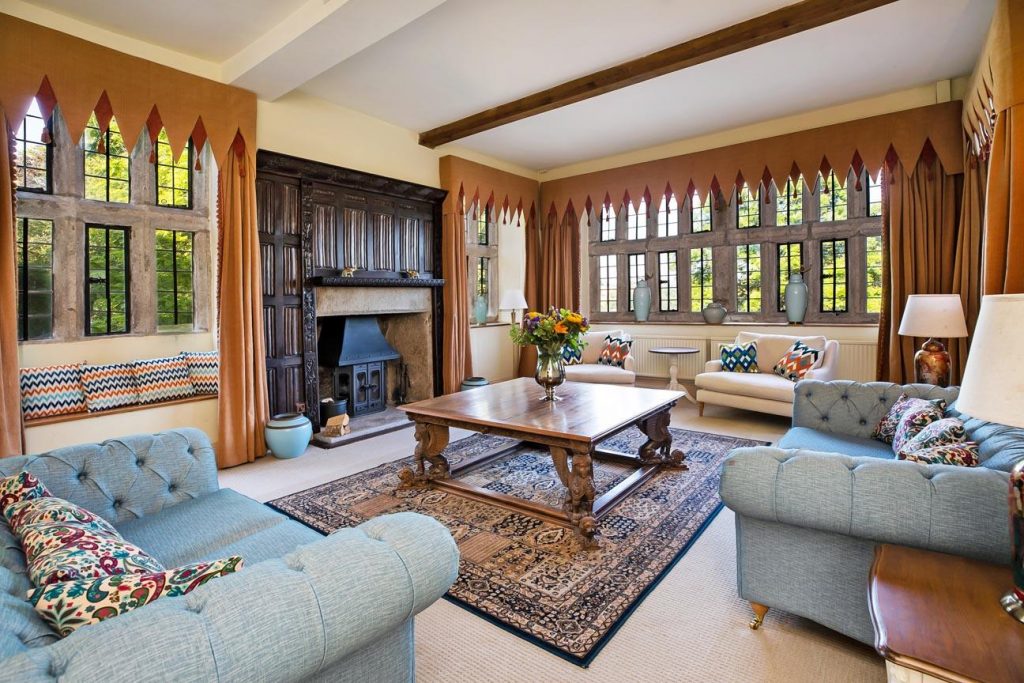
The second sitting room, which features yet another fireplace, offers plenty of space.

The third sitting room, which is slightly smaller than the previous two, also features its own fireplace.
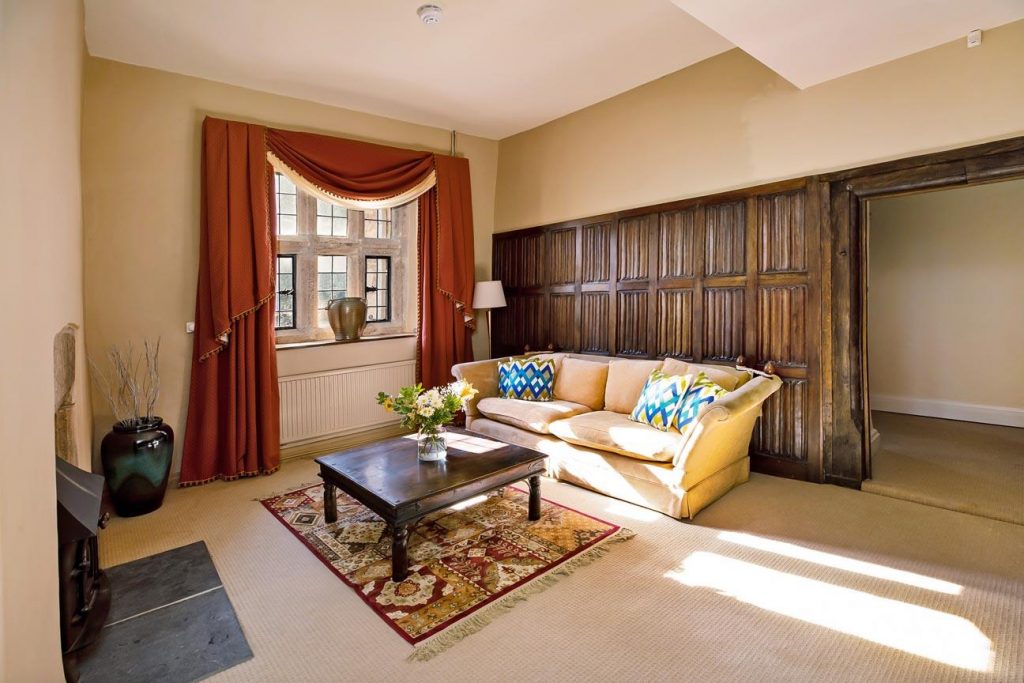
Other rooms on the ground floor include the billiard room, foyer, and stairwell.


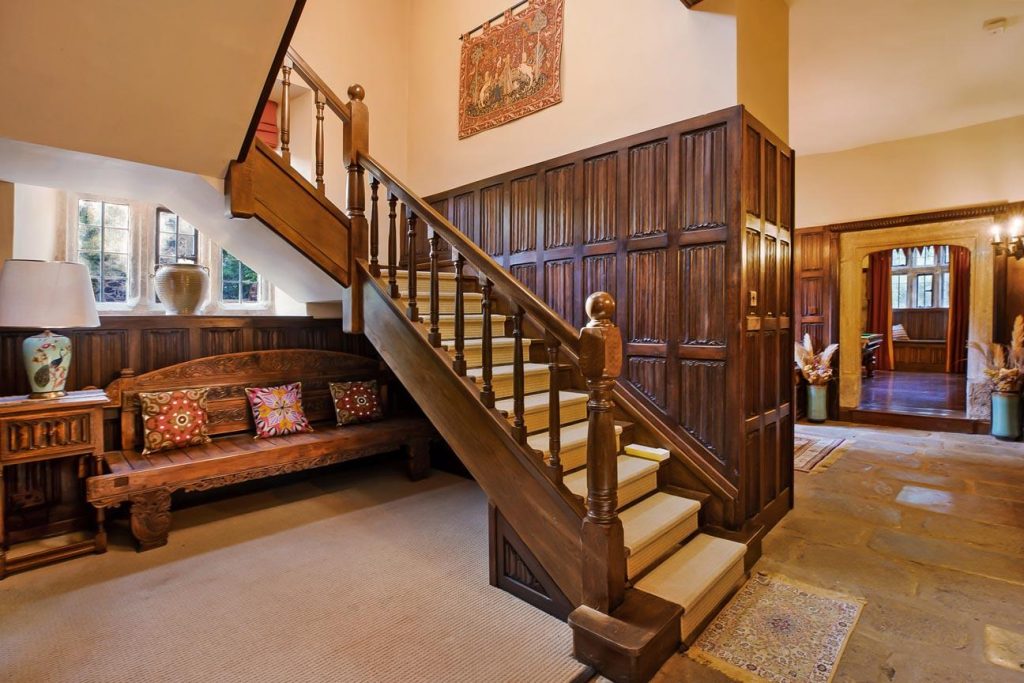
The two main bedrooms can be found at either end of the property. Both are currently home to incredible four-poster beds, with plenty of light coming from the numerous windows.

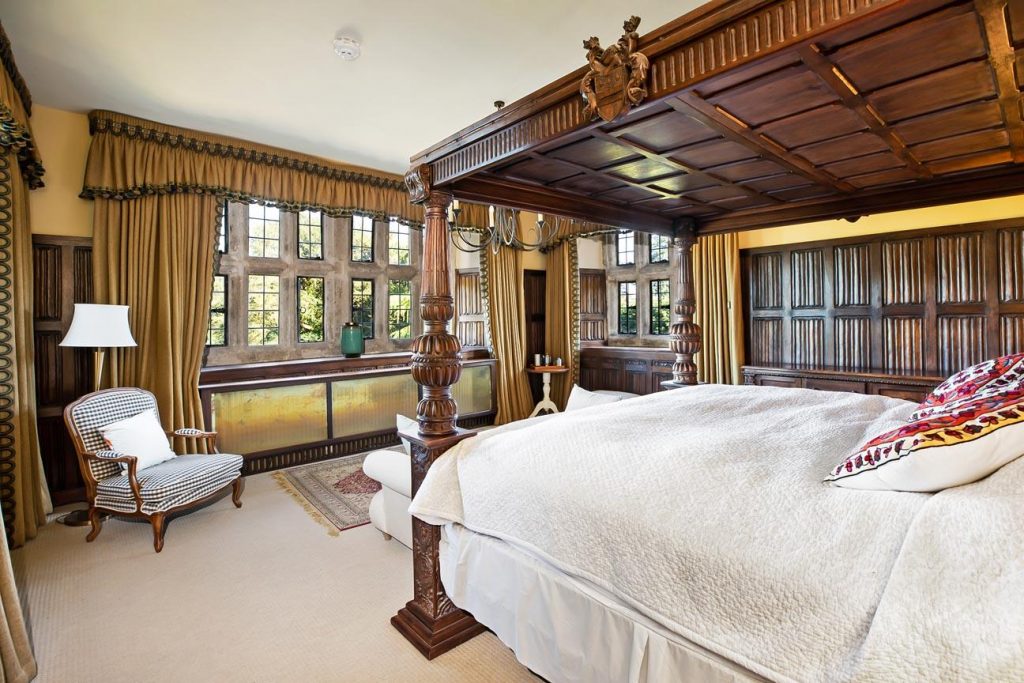
Bedrooms three and four are also of generous size, there are also a further six bedrooms in the property. Now apparently, all are being used as part of the Bed & Breakfast accommodation.
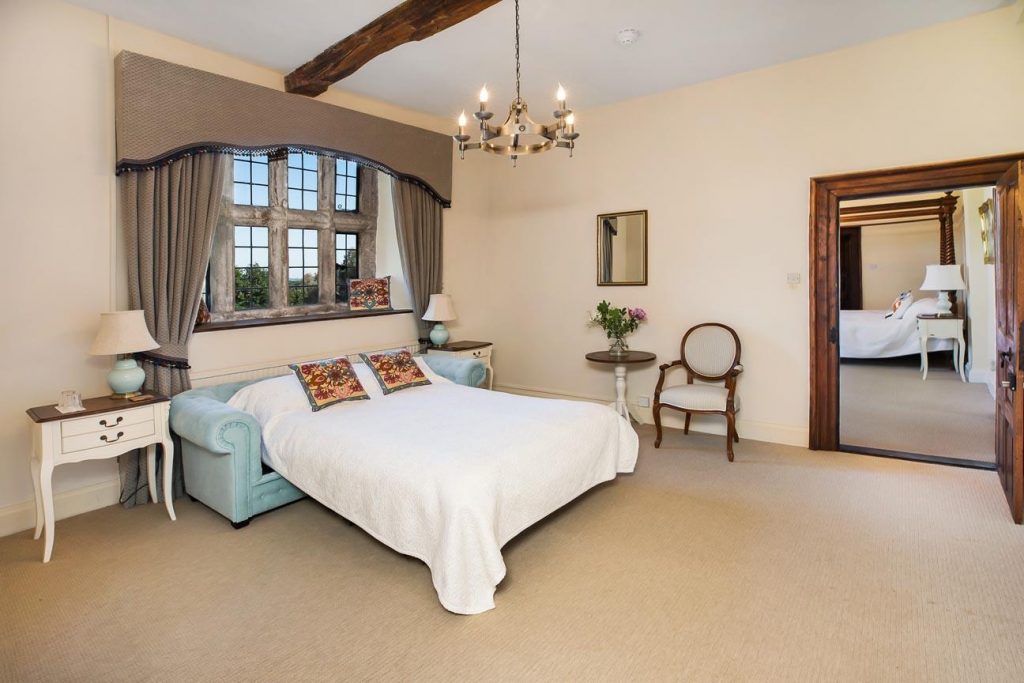
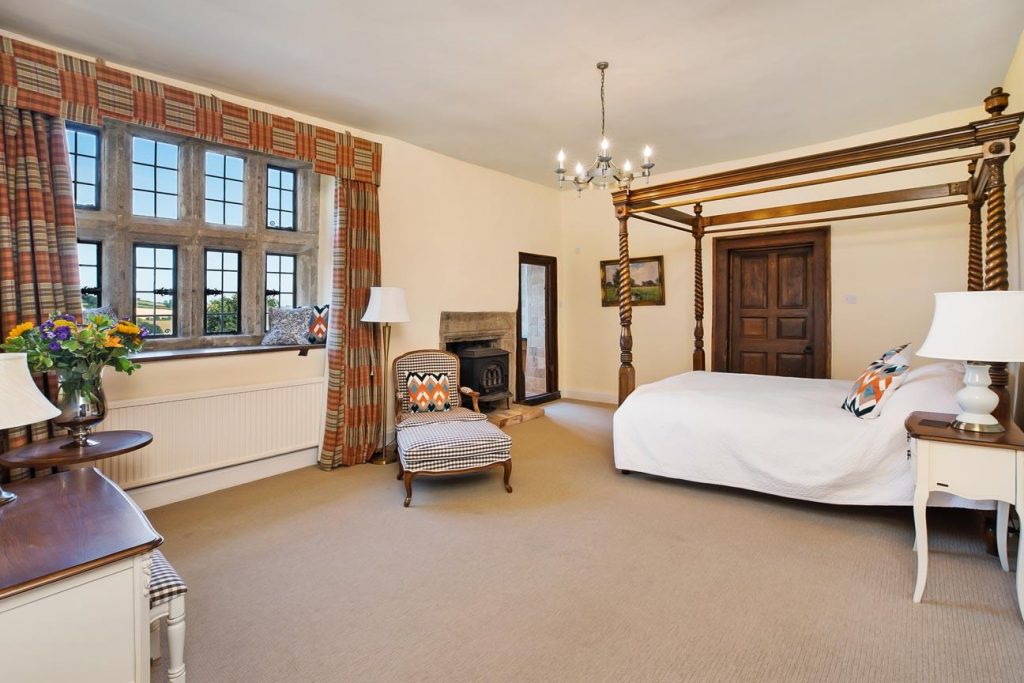
There are nine bathrooms throughout the property, many of which are en-suite.
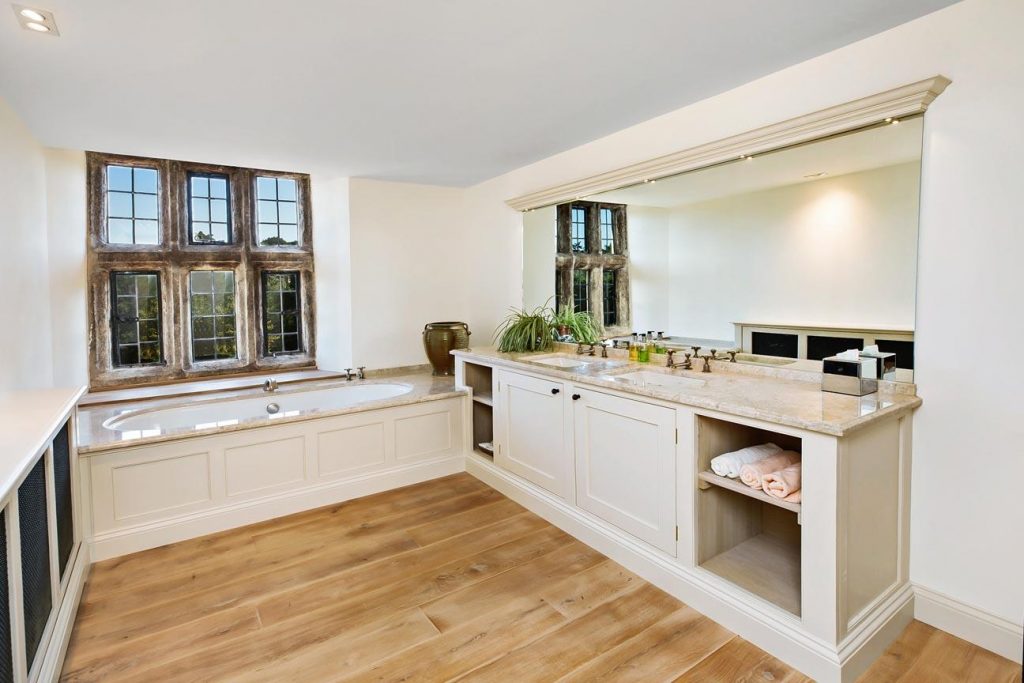

The top floor features many large open spaces with exposed beams. This floor, in recent years, has been used to house both a gym and a staff apartment.
